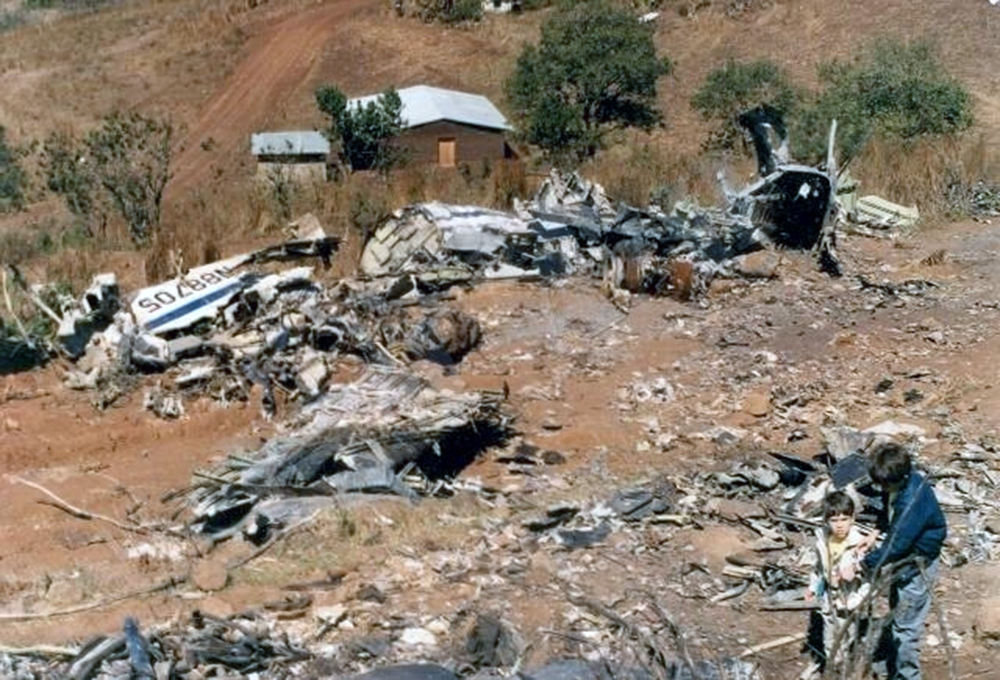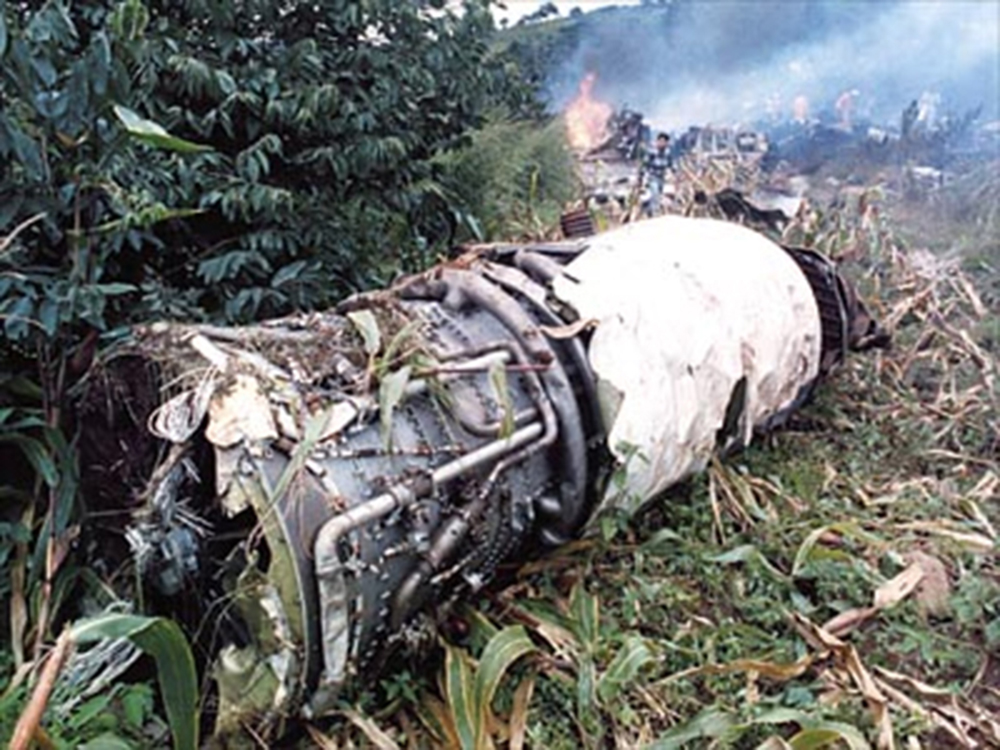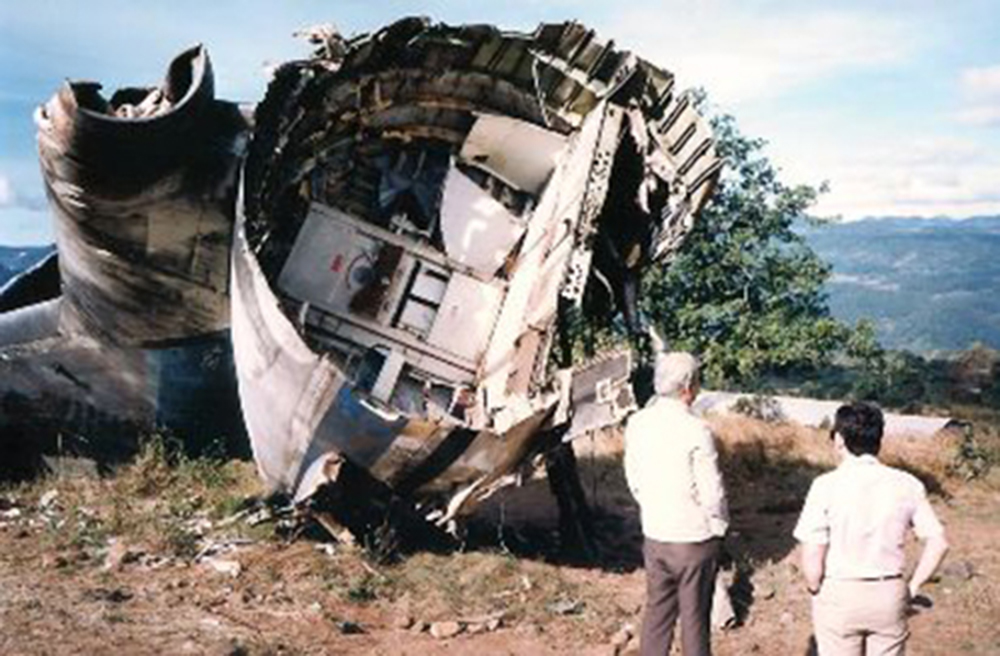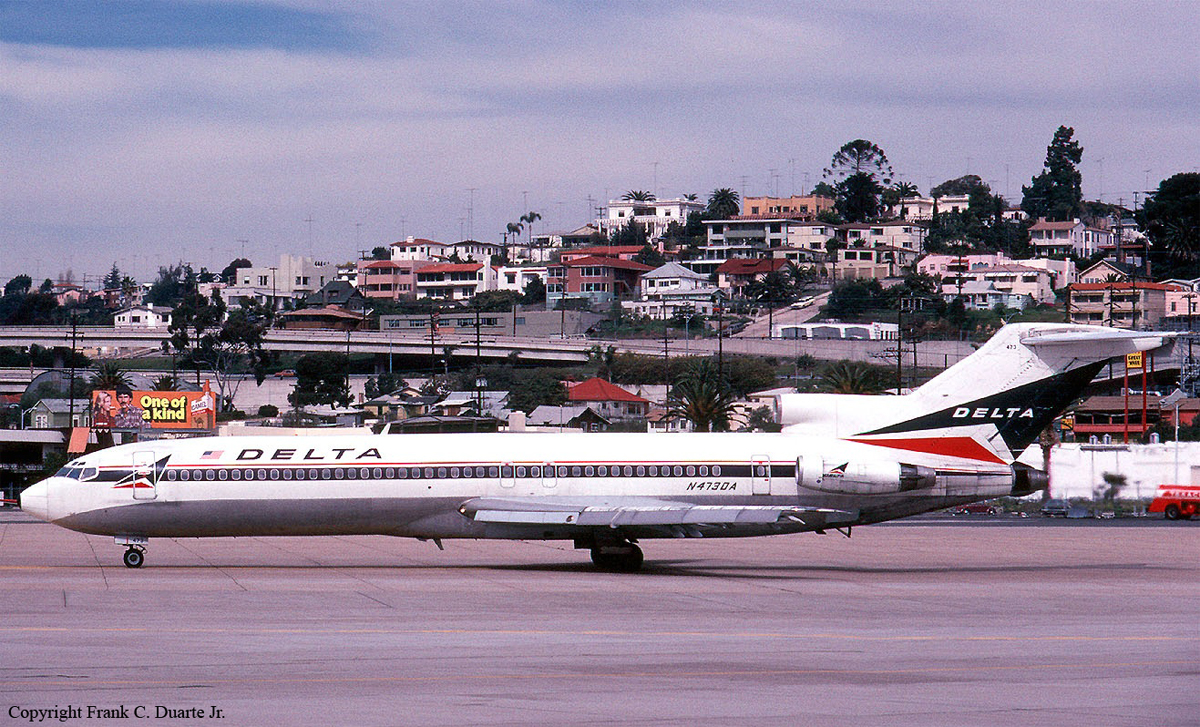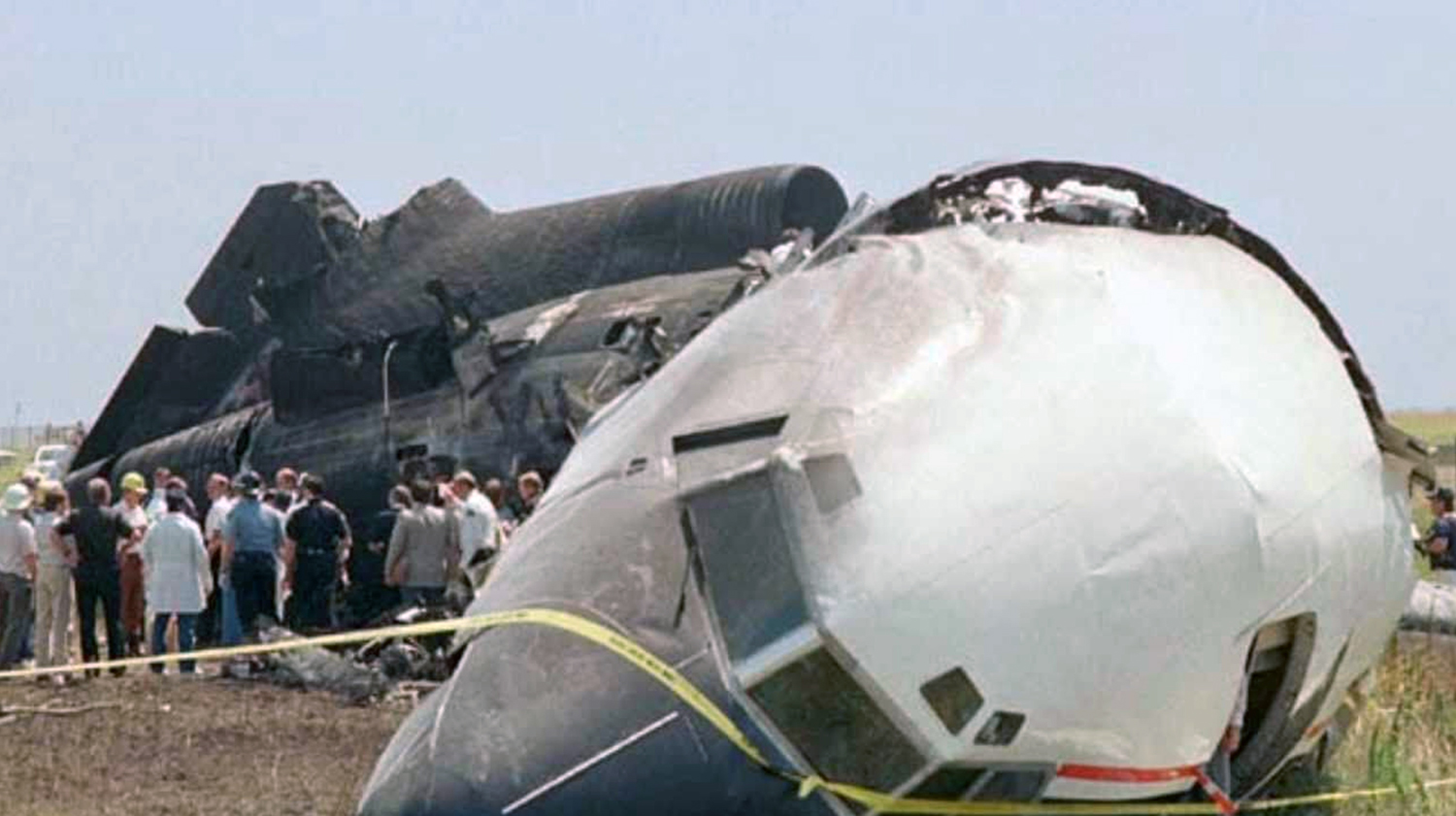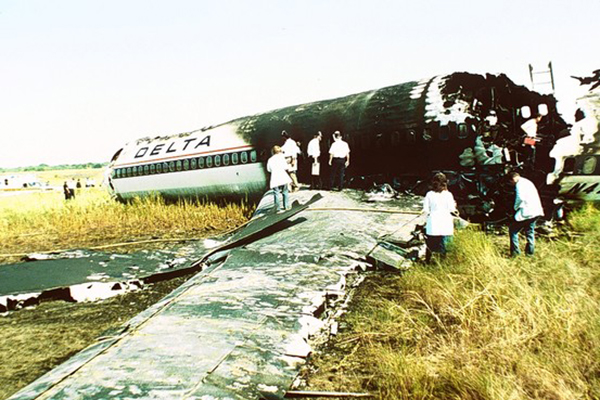Crash of a Boeing 727-247 in the Atlantic Ocean: 16 killed
Date & Time:
Sep 11, 1990 at 1530 LT
Registration:
OB-1303
Survivors:
No
Schedule:
Valetta – London – Reykjavik – Gander – Miami – Lima
MSN:
20266
YOM:
1969
Crew on board:
6
Crew fatalities:
Pax on board:
10
Pax fatalities:
Other fatalities:
Total fatalities:
16
Circumstances:
After being leased to Air Malta for few months, the aircraft was repatriated to Peru via London, Reykjavik, Gander and Miami. On the leg from Reykjavik to Gander, while at cruising altitude, the crew declared an emergency and elected to ditch the aircraft when contact was lost. Apparently, the aircraft crashed in the Atlantic Ocean about 290 km southeast from the Newfoundland coast. SAR operations were initiated but eventually abandoned few days later as no trace of the aircraft was found.
Probable cause:
Due to lack of evidences, the exact cause of the accident could not be determined. However, it is believed that the crew reported a low fuel warning.






